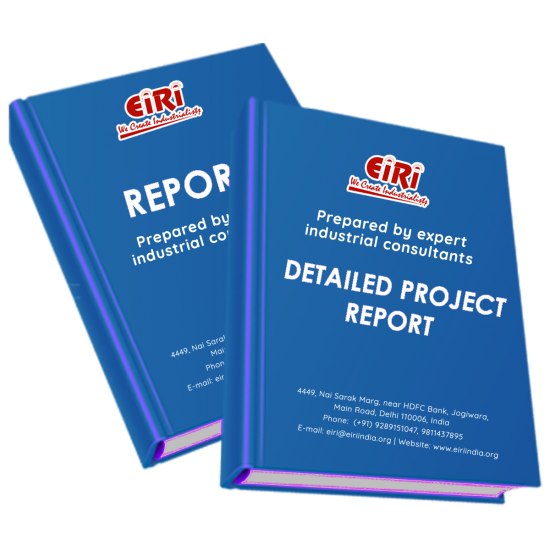The project report includes Present Market Position and Expected Future Demand, Market Size, Statistics, Trends, SWOT Analysis and Forecasts. Report provides a comprehensive analysis from industry covering detailed reporting and evaluates the position of the industry by providing insights to the SWOT analysis of the industry.
Biodegradable tableware is the best alternative to plastic cutlery, compostable, chemical-free, attractive shapes and easy decomposing tactics. With countless benefits and eco-friendly existence, it is seldom surprising that biodegradable tableware is so popular amidst the green enthusiasts as a better alternative to plastic cutlery.
India is slowly becoming a country where people are turning health conscious. We are taking a lot of trouble to take care of ourselves. But how can we just watch our food and not what’s holding it? Usage of plastic cutlery and tableware has reached epic proportions, seriously harming the environment. Plastic usage in India has been growing at a massive rate of 10.5% CAGR over the last decade. Plastic items take roughly 500 years to decompose and till then, they languish in landfills, choke our drainage systems and finally seep into the ocean and kill wildlife.
Thankfully, biodegradable tableware and cutlery have emerged as a better alternative to plastics across the globe and Indians have been early adopters of this eco-friendly food packaging material. All kinds of plant biomass material such as bagasse, rice husk, coconut coir etc., are being utilized for producing eco-friendly tableware, cutlery and other food packaging products that are seeing a surge in usage in this decade.
This eco-friendly disposable tableware combines the flexibility and convenience of disposability with the durability and the benefit of being fully biodegradable. It has a positive impact on nature rather than harming it.
With the growing popularity of sustainability, many companies have begun using environmentally friendly materials. This is particularly significant for the disposable tableware market. Most plastic utensils, paper plates, and styro foam carrying containers are used once for a few hours and then left in a landfill for hundreds of years before they degrade. Efforts have been made in recent years to create single-use tableware that biodegrades in a shorter time frame. Despite their widespread use, single-use cups have not received an environmentally conscious Upgrade.
In an effort to eliminate the use of paper, Styrofoam, and plastic from the single-use tableware industry, other more sustainable options have been innovated for the market. However, they each have a reason that they fail at replacing the single-use cup market. Table below compares these sustainable options versus paper, Styrofoam, and plastic, highlighting key advantages and disadvantages.
Biodegradable disposable flatware and utensils manufactured from wood-based or plant-based raw materials, including materials that may be traditionally discarded such as sawdust, plant stalks, seed or grain hulls or the like. The process includes the use of a resin made from the discarded materials to form disposable utensils and flatware.
Today consumption of Disposable products is breaking records. Disposable products are easy to handle, economical and can be disposed easily. With the changing lifestyle of Mankind, the use of disposable products is raising like anything. Plastic Disposable products are very popular because it can be carried easily and very low in prices too.
Biodegradable plates are made from sustainable and renewable plants, such as corn, potato starch, sugarcane pulp, and various vegetable oils. Also, they are manufactured using eco-friendly sustainable practices that do not have negative effects on the planet. The final product is toxic-free.
The products include food containers and tableware – like plates, bowls, meal trays and cups – which decompose within 30-60 days after being discarded. The company sources processed bagasse from other organizations. This material is then moulded, dried, heated, and given other final touches. Heat-induced pressing during the manufacturing process gives structural strength to the cutlery. Additionally, the inter-fibre bonding makes the products water and oil resistant. It is a completely natural process and involves no binders, additives, coatings or chemical residues, resulting in a nontoxic, harmless and healthy alternative to plastic. The cutlery also does not impart colour, odour or taste to food. The products are microwave-safe and have an estimated shelf life of two years. Users cannot wash the tableware or containers after use; they have to be discarded.
People thinking have changed in consumption. They want to keep up our earth free from plastic pollutants. So, they want to make a more eco-friendly choice over unsustainable options. Eco-friendly disposable plates are easy to handle and dispose of after use.
It is intended to prepare a Feasibility Report to install 300000 Nos/Day Biodegradable Cutlery production facilities as a Green Field Project.



